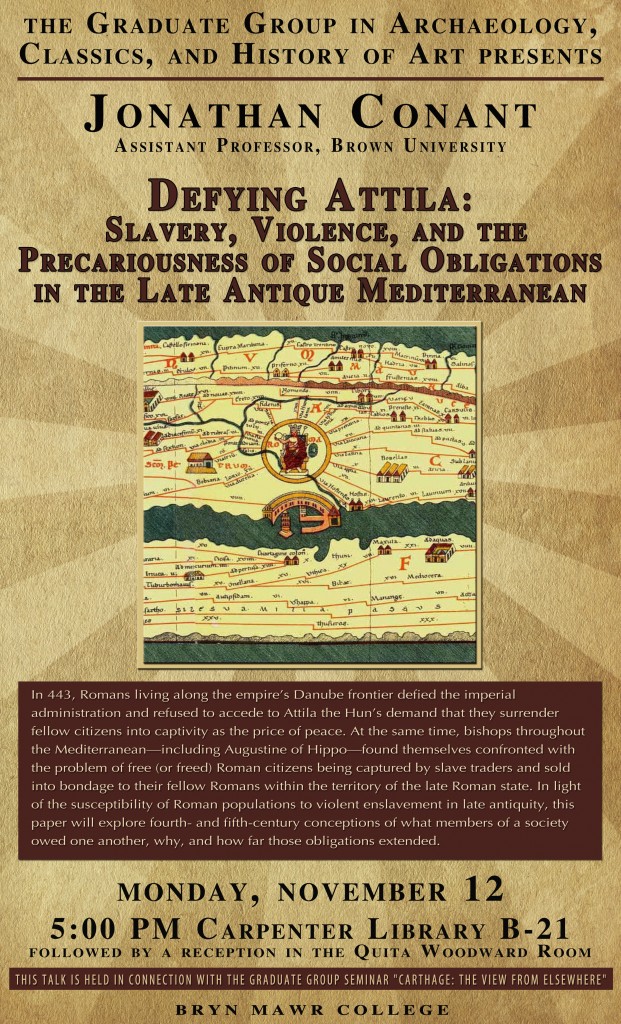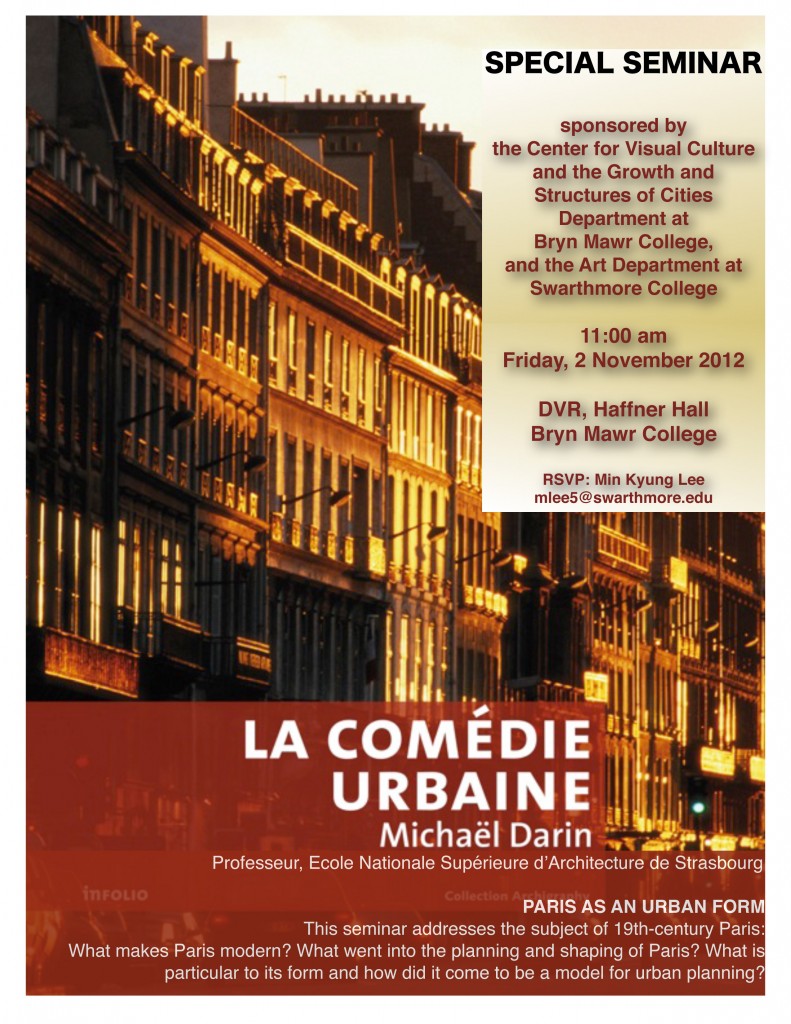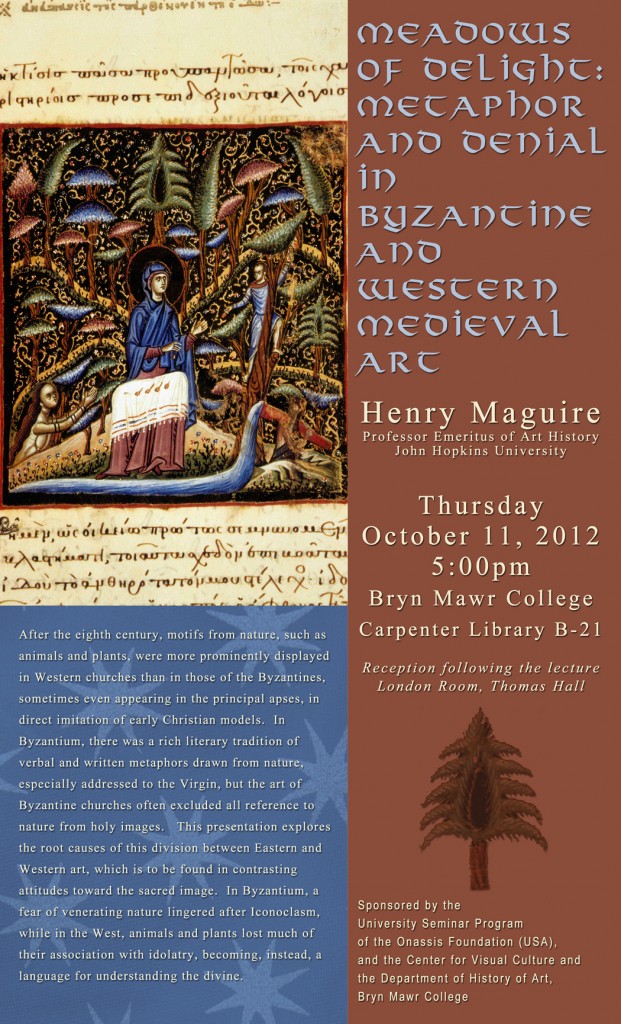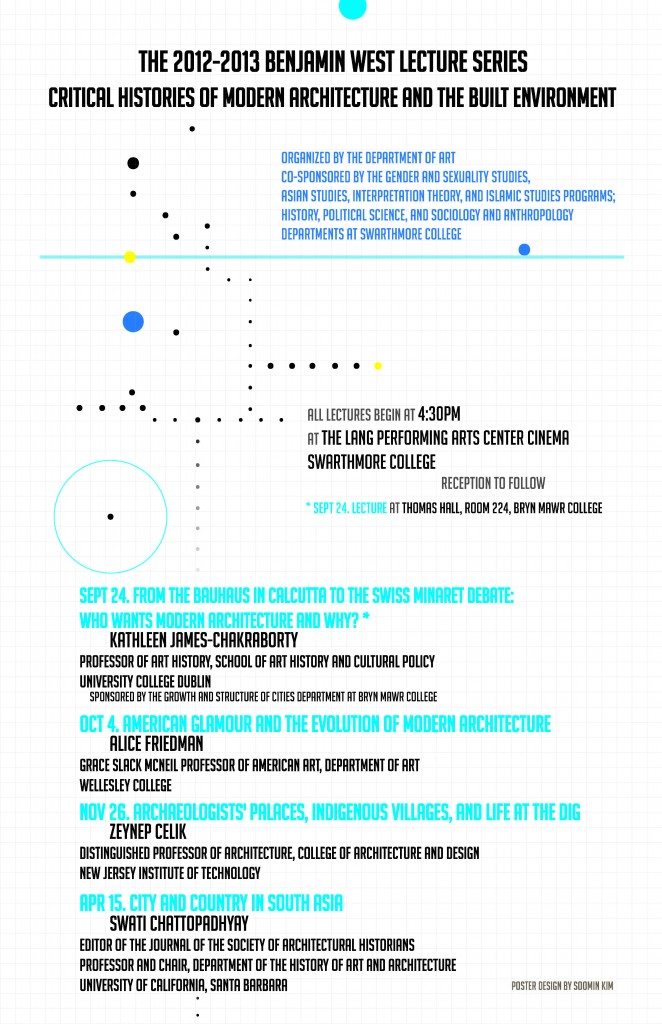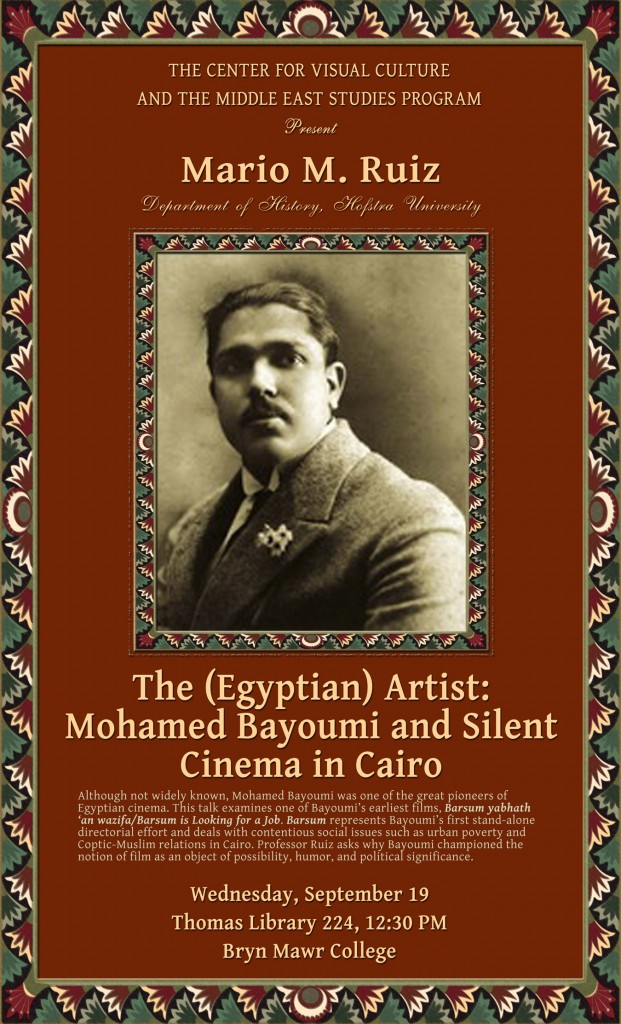Jonathan Conant, Assistant Professor, Brown University
“Defying Attila: Slavery, Violence, and the Precariousness of Social Obligations in the Late Antique Mediterranean”
Monday, November 12, 2012, 5pm
Carpenter B21 (followed by a reception in the Quita Woodward Room)
In 443, Romans living along the empire’s Danube frontier defied the imperial administration and refused to accede to Attila the Hun’s demand that they surrender fellow citizens into captivity as the price of peace. At the same time, bishops throughout the Mediterranean—including Augustine of Hippo—found themselves confronted with the problem of free (or freed) Roman citizens being captured by slave traders and sold into bondage to their fellow Romans within the territory of the late Roman state. In light of the susceptibility of Roman populations to violent enslavement in late antiquity, this paper will explore fourth- and fifth-century conceptions of what members of a society owed one another, why, and how far those obligations extended.
This talk is held in connection with the Graduate Group seminar “Carthage: The View from Elsewhere”, and is sponsored by the Graduate Group in Archaeology, Classics, and History of Art.

